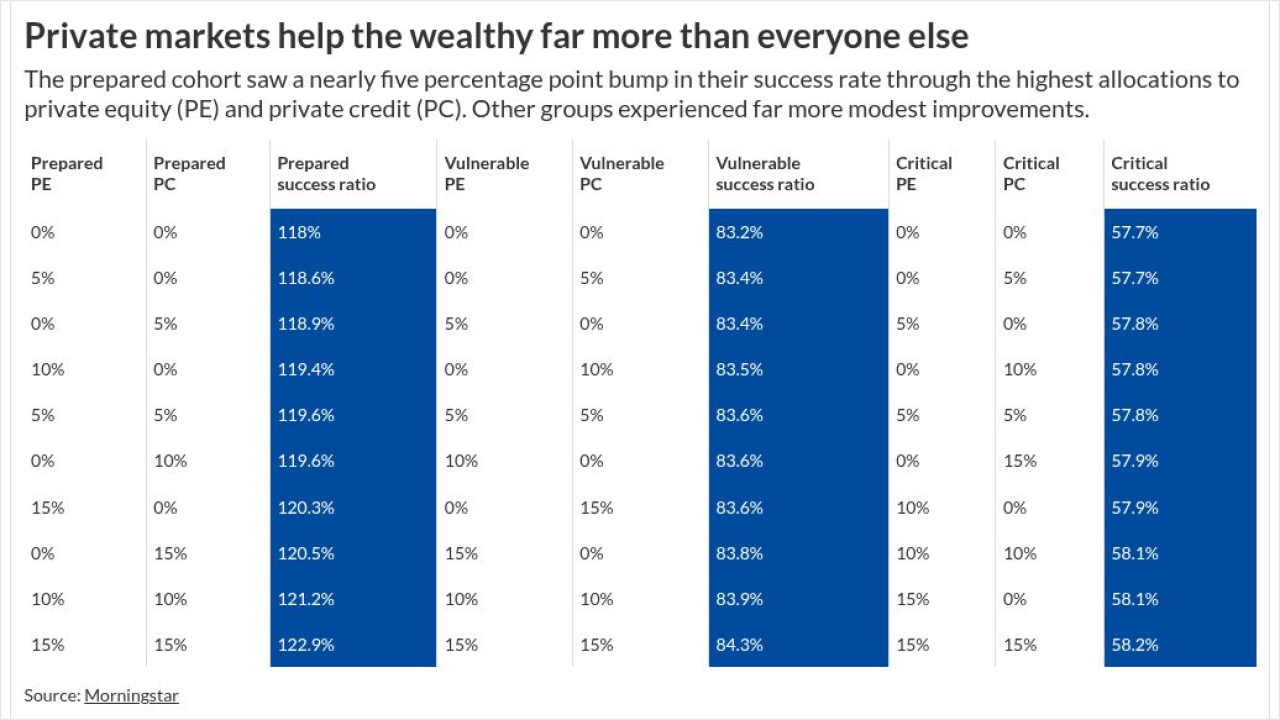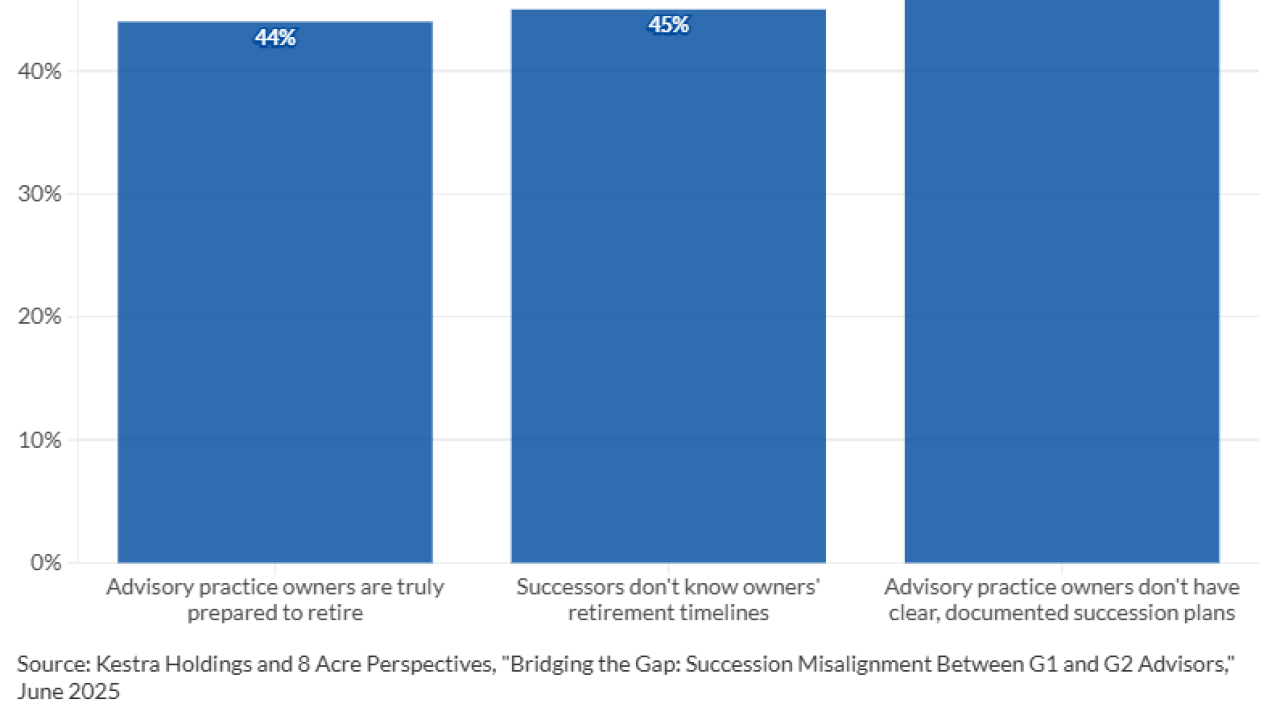Intuitively, it may seem to make sense that using economic analysis in investing will lead to better results.
But intuition is usually wrong when it comes to investing and so is a lot of economic analysis.
In fact, good economic analysis may be the cause of below-average investing performance.
Consider the following example. Economists rarely agree on anything, but back in December 2013, 45 of the 46 economists interviewed by The Wall Street Journal forecast that interest rates would be higher in 2014 and the 46th predicted that rates would be flat. Overall, they projected an average increase of 0.61 percentage points in the 10-year U.S. Treasury bond.
The logic was compelling. The Federal Reserve had announced that it would be tapering quantitative easing. The reduced demand for intermediate and long-term U.S. government bonds would no doubt lead to higher rates.
This logic led advisors and investors to lighten up on bonds and shorten their duration. An increase of even 0.61 percentage points in interest rates could cause intermediate- and long-term bonds to fall.
Fast-forward several months. By November, it seemed almost every one of those experts had been wrong, at least so far. The 10-year U.S. Treasury bond had not increased. Rather, it had declined by 0.7 percentage points as of Nov. 10 even though the Fed followed through on its promise to taper. Bonds have done quite well and the longer the duration, the better the performance.
GETTING IT WRONG
If you think this is an anomaly, think again. A paper from professors at North Carolina State University found these economists were directionally correct on interest rates far less than half the time. Specifically, the authors wrote, Virtually all failed to make six-month-ahead forecasts of the Treasury bill rate, Treasury bond rate and yen-dollar exchange rate that beat a naive random-walk model for accuracy, and many made forecasts significantly less accurate than the random-walk model.
Surveys showed that going into this year, advisors were indeed reducing bond exposure and keeping bond durations short term. Those strategies failed, for two reasons.
First of all, investors confused knowledge with unique knowledge. Markets arent stupid; across the board, investors realized that the Fed couldnt continue buying back bonds indefinitely. When the Federal Reserve announced tapering, that was already priced into the market.
Second, few investors or advisors bothered checking the track record of the top economists they were following. If they had wanted to make portfolio changes based on the investors forecasts, logic would have dictated using them as a contrary indicator.
According to the Investment Company Institute, investors pulled $170 billion out of bond funds from June to December of last year, presumably because of their near certainty that rates would rise. Oops.
In a postmortem, its easy to see that the herd had already priced in the tapering announcement by the Fed.

MARKET BETS
Sound economic analysis fails in forecasting market results as well. A compelling example can be found in investment manager Harry Dents demographic analysis.
Dent, also the founder of Dent Research, offers a persuasive economic analysis. Its based on the predictable nature of consumer spending based on a familys formation pattern: minimal spending as young adults, increased spending while rearing children, peak spending as the children leave home, and then slowing spending during the last 15 years of working life (age 48 to 63), while saving more and preparing for retirement.
Dent launched both a mutual fund and ETF based on his analysis.
I can find no fault with this analysis per se, but this doesnt mean it translates into knowledge that is useful for investing. In 2000, Dent predicted that based on these consumer spending patterns the Dow would reach 40,000 by 2009. When this didnt happen, he wrote a book The Great Depression Ahead ... which predicted the Dow would fall to 3,800.
Dent went wrong, in my opinion, by thinking that he had unique knowledge that was not already priced into the market. Not surprisingly, both of his funds have since been shuttered.
The recent past is riddled with economic analysis poorly used for investing. In 2010, the economic wisdom was that emerging-market economies were growing rapidly and acting more fiscally responsibly than the United States and other developed countries. (What followed was a period in which emerging markets underperformed.)
Then in 2011, experts were predicting that golds surge would continue as paper currencies, including the dollar, were diluted by what was believed to be certain inflation. At the time, gold was priced at $1,923 an ounce; as of Nov. 10, its price had fallen to about $1,150.
And of course, investments based on both of these economic predictions failed miserably.
Some economists have been accurate for short periods of time. A. Gary Shilling made 13 forecasts for 2008, including the housing bubble, and every prediction was correct. Yet in 2009 after retail investors discovered him and may have invested based on his next series of forecasts, which included the bet that stocks would continue to plummet he was just as wrong.
2 ESSENTIALS
Jason Zweig, who writes the Intelligent Investor column for The Wall Street Journal, says two things must be true in order for economic analysis to be useful in investing. First, economists must be able to forecast the economy with reliable accuracy. Second, if that occurs, the forecast must not yet be priced into the market.
Lets first examine how successful the experts are in predicting the economy. In the book Whats Wrong with Expert Predictions, Dan Gardner and Philip Tetlock note that, by any reasonable standard, experts are terrible at making predictions. In fact, the authors make the argument that economists are no better than the proverbial dart-throwing chimpanzee in making economic predictions.
In the same book, John Cochrane, a University of Chicago professor and senior fellow at the Hoover Institution at Stanford, says economic forecasting isnt very accurate and financial forecasting is next to useless.
He argues that if there were easy ways to tell with any certainty that the market would go up tomorrow, forecasters could make a fortune except that all the people following the forecast would immediately bid up prices, to the point where no one could tell with any certainty whether markets would rise further or fall.
Economic forecasters using fancy models dont do substantially better than simple forecasts using historical correlations, Cochrane said in an interview. He says he believes that some economic forecasting is better than random guesses, but argues its next to useless when it comes to investing.
I posed the hypothesis that bad economic forecasting is one reason for performance chasing the phenomenon in which fund investors tend to earn returns lower than the funds themselves. Morningstar has estimated that the gap between fund return (geometric) and investor return (dollar weighted) was 2.49% annually over the past decade.
But Cochrane cautions against using economic consensus itself as a contrary indicator. If it were known that the consensus forecast were a contrary indicator, he notes, then it would be easy to make money by just going against the consensus forecast. But this would also get priced into the market and be useless information.
HERD MENTALITY
Financial theorist and author William Bernstein argues that the performance gap is attributable to herd mentality, which causes us to move from poorly performing assets to better-performing investments.
We cant tell ourselves we are reacting to fear and greed, so we invoke economic rationalizations to justify these changes.
When clients come to me and want to weight their portfolio according to an economic forecast, I immediately ask them whether they have checked the track record of those forecasters.
If we were logical animals, then we would either ignore the economists forecasts or use them as a contrary indicator. Yet we dont. While I know of no one who has had a worse track record of forecasting the stock market, Dent still has a large following.
Next, I ask them, Even if the forecast turns out to be true, do you have any evidence this hasnt already been priced into the market? I point out that economic knowledge should be useful in investing only if very few people have that information.
Finally, I suggest that investing based on economic consensus is merely exercising the herding effect. I note that following the herd typically doesnt turn out well when it comes to investing. I ask them whether they want to be a contrarian investor or follow the herd.
Humans hate uncertainty, Zweig says, because its very hard to accept that we dont know the future. But the quest to know the future is somewhere between useless and destructive when it comes to investing.
PERFORMANCE GAP
Its human instinct to want to know the future and to protect our investment portfolios based on our perceived knowledge of the future. But instinct is exactly the reason for the performance gap between fund returns and investor returns.
It takes courage to ignore economic forecasts from brilliant, well-meaning experts with very impressive credentials. Their logic is always compelling.
Our job as advisors, however, is to tell our clients that ignoring those forecasts is a critical part of successful planning and investing.
Allan S. Roth, a Financial Planning contributing writer, is founder of the planning firm Wealth Logic in Colorado Springs, Colo. He also writes for AARP The Magazine and The Wall Street Journal, and has taught investing at three universities. Follow him on Twitter at
Read more:





